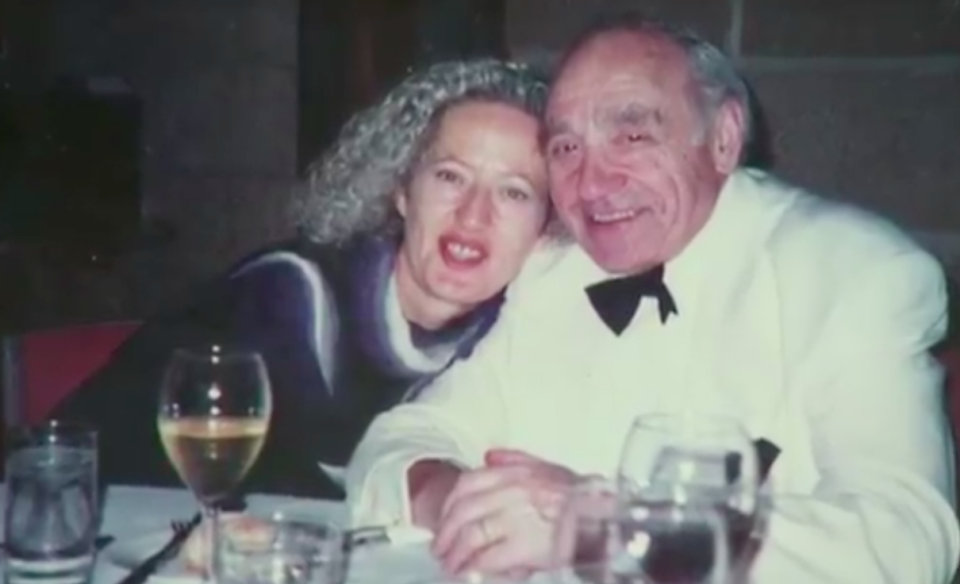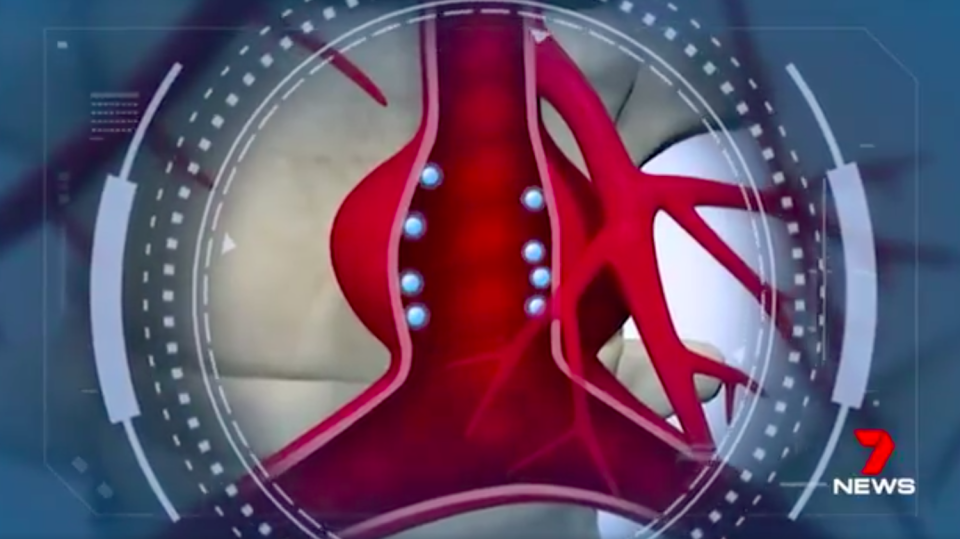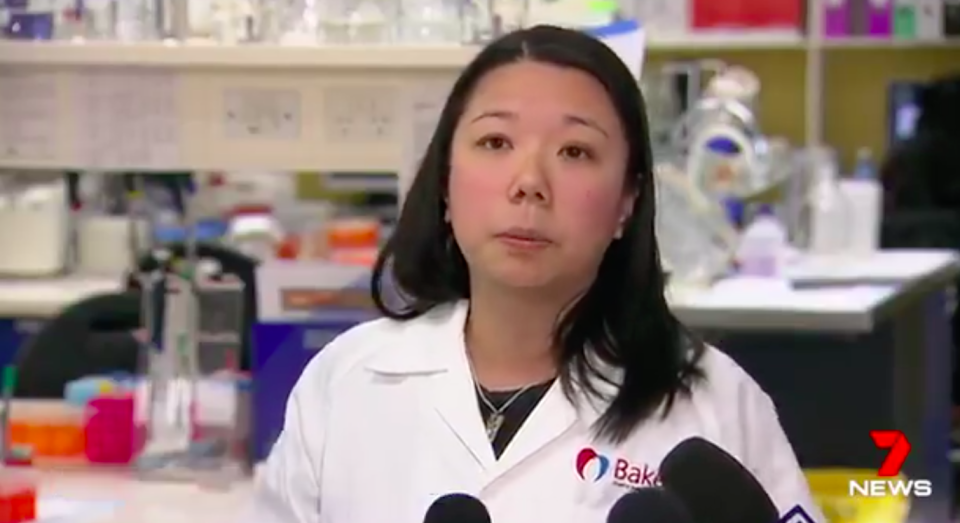‘Terrible shock’: Woman relives moment husband was killed by deadly condition
A woman has relived the devastating moment her husband was killed by a rare and deadly condition.
Her harrowing story comes as researchers announced they have made a breakthrough which could save the lives of others affected.
Kay Ronec lost her 79-year-old husband, Joe, to Abdominal Aortic Aneurysm in 2004, revealing her devastation that the life of her “gorgeous man” could have been saved.

“It was a terrible shock to lose my husband, but it was also a terrible disappointment to find out he passed away from a condition that was possible to actually detect and to cure,” Mrs Ronec said.
Mr Ronec died on his way to a hospital in Melbourne after complaining of back pain 36 hours earlier.
“I had a wonderful marriage to the most gorgeous man,” she said.
“If we had realised earlier and brought him to the hospital earlier, we could have saved his life”.
The condition, commonly known as triple A, causes the aorta, which runs from the heart through the chest and abdomen, to expand like a balloon and ultimately rupture.

“A lot of people don’t even get to hospital in time for the bleeding to stop,” Professor Xiaowei Wang said.
“They go on living their life until one day they drop dead. This is an issue because it causes a lot of sudden deaths and we have a lot of patients coming in that way”.
It is most common in men over the age of 50 and affects around 5000 Australians each year, killing 1000.
The condition can be detected using an ultrasound, but there are currently no non-surgical treatments available.

However, Melbourne-based researchers have discovered “smart” microbubbles which carry antibodies to the affected area, find where the inflammation is, and bind to it.
When an ultrasound burst is given, it will pop the bubble and push the drugs into the area and treat the aneurysm.
Researchers at the Baker Institute are now planning to undertake human clinical trials with the hope this treatment could be available within 10 years.
“It’s going to save a lot of lives and a lot of unnecessary death,” Mrs Ronec predicted.



